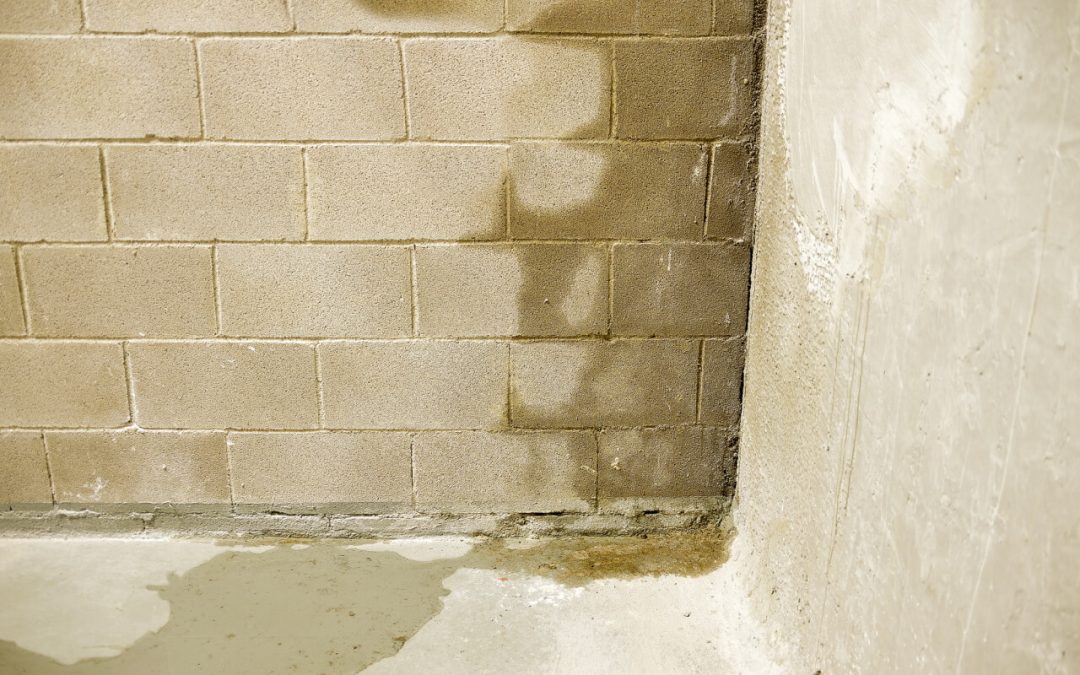Basements are prone to flooding and moisture accumulation, which can cause damage to your home’s structure and create an environment conducive to mold growth. Knowing how to keep your basement dry is the first step in ensuring the health of your home. Here are several tips for managing moisture in the basement.
Inspect for Leaks
Basement leaks can cause damage and create an unsafe living environment, so it is important to inspect for water and moisture issues regularly. Doing a thorough inspection once or twice a year and after any storm or flood event will help you catch issues before they become major problems.
Check the exterior walls and windows for cracks or gaps in the mortar that could allow water to enter your basement. Inspect around pipes and fixtures for signs of rusting or corrosion, which may indicate a leak. It’s also important to examine the basement floor and walls for signs of moisture, such as discoloration, dampness, or musty odors.
Clean the Gutters
Keeping your gutters clean and debris-free is one of the best ways to ensure rainwater flows away from your home instead of pooling around the foundation. You’ll avoid basement flooding and prevent water damage.
To clean the gutters, you’ll need a few supplies: a ladder, work gloves, a hose, and a trowel or scoop to remove debris. Use the ladder to access the gutters. Remove leaves, sticks, or other materials with the trowel or scoop. Finally, rinse the gutters with the garden hose to flush the channels and verify the downspouts are draining.
Install a Sump Pump to Keep Your Basement Dry
A sump pump collects water and pumps it away from the home’s foundation, preventing flooding and moisture accumulation in the basement. Not only will this keep your basement safe and dry, but it can also prevent wood rot, mold growth, and other serious damage.
To install a sump pump correctly, identify the lowest point on the basement floor. The low point is where you’ll install the pump because that’s where water pools when there’s flooding. Then dig a hole about 1-2 feet deep for the pump basin to fit securely.
Maintain Proper Drainage
If you have a basement, you know how important it is to keep the area dry. However, this can be challenging without properly maintaining your basement’s floor drain. The floor drain manages water that enters from outside sources or drainage pipes inside the basement. Maintenance of the drain is essential for keeping your basement dry and free of mold and mildew growth.
Inspect the drain at least once a month to verify no clogs are preventing water from draining. If there are signs of blockage, use a flexible plastic drain snake to remove them and ensure the pipe is open and functioning as expected.
Keep Your Basement Dry: Use a Dehumidifier
A dehumidifier is an appliance that removes moisture from the air, reducing humidity levels in your basement. As humidity increases, so does the potential for mold growth and water damage. A dehumidifier helps keep the basement dry and protects against issues caused by high moisture levels.
Dehumidifiers come in various sizes, making them suitable for basements of any square footage. When choosing a size, consider how often you plan on running it and how damp the basement gets during certain times of the year. Choose an appliance with enough capacity to meet your needs but not so much that it becomes costly to operate.
Basements are prone to moisture and dampness, but you can maintain a dry space with these tips. Prevent mold growth, improve air quality, and avoid moisture damage when you take steps to keep the basement dry.
Digs Doctor Home Inspections provides inspection services to homebuyers and sellers in Charlotte and the surrounding areas of North and South Carolina. Contact us to schedule an appointment.

